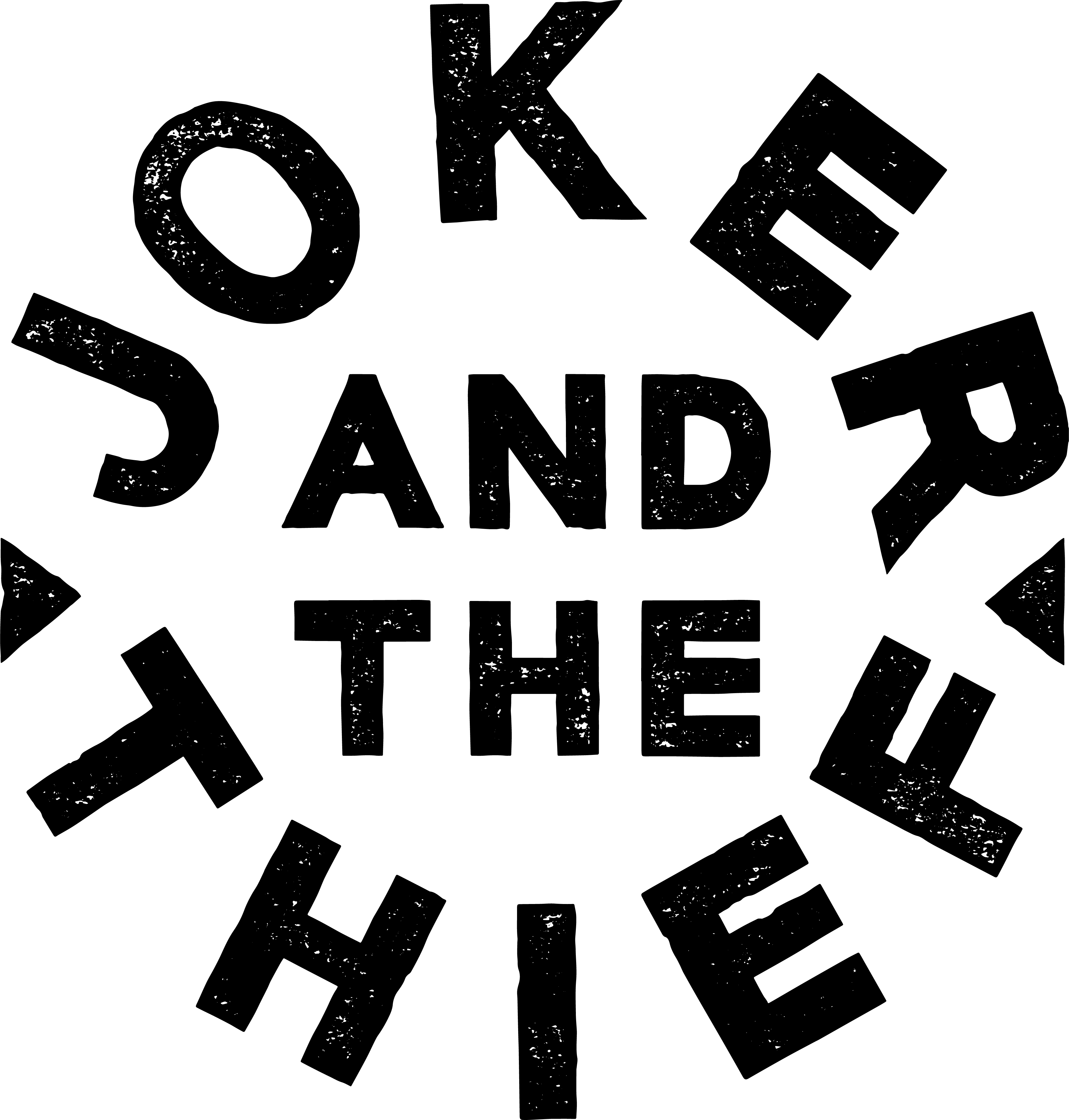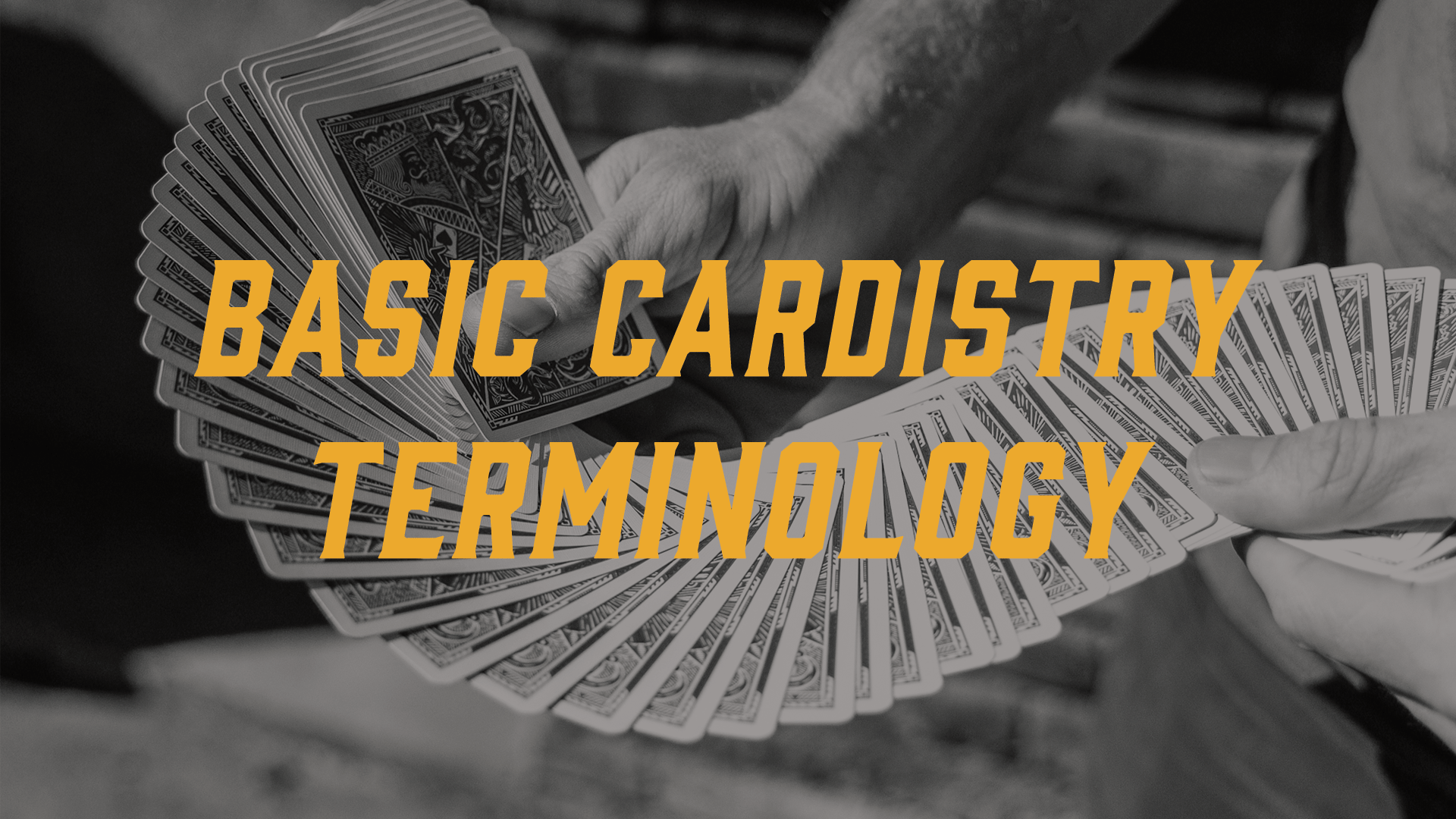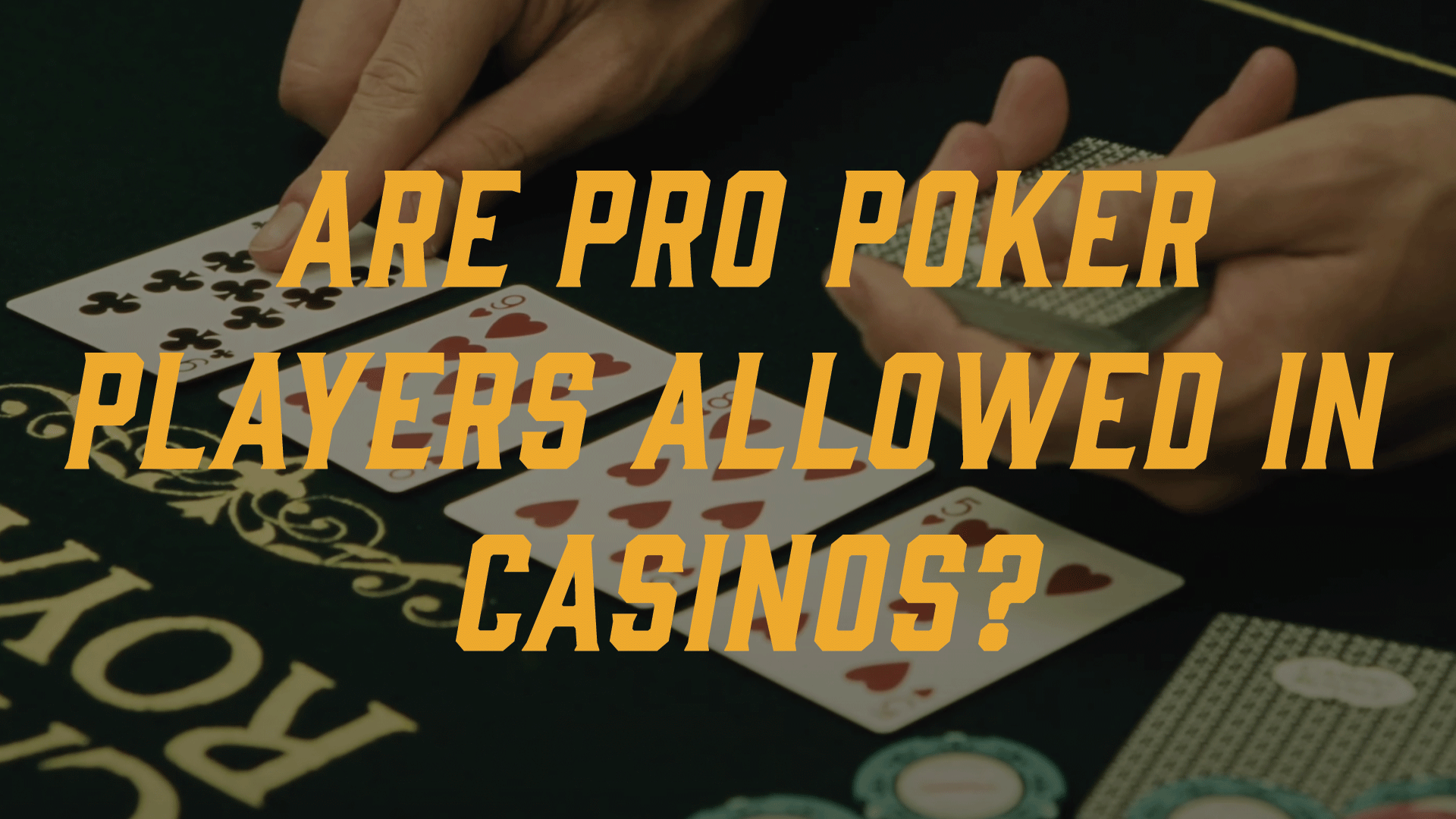Poker Hand Guide: Which Hand Beats Which

Poker is a thrilling game of strategy, wit, and chance. The foundation of success in poker lies in understanding the hierarchy of poker hands. Each hand holds a unique value, and knowing which hand beats which is crucial to your success at the table.
This poker hand guide explores the different hand rankings, from the mighty Royal Flush to the humble High Card, and discusses how kickers can impact the outcome of your games. So, let’s begin:
1. Royal Flush: The Ultimate Power

At the zenith of the poker hand hierarchy sits the Royal Flush. It reigns supreme as the strongest poker hand. A Royal Flush is composed of five consecutive cards – A-K-Q-J-10 – all in the same suit. This hand is virtually unbeatable, making it a rare and coveted treasure.
What does a Royal Flush beat?
As the undisputed ruler of poker hands, a Royal Flush outshines every other hand your opponents might hold. It stands tall against any challenge, ensuring your victory.
2. Straight Flush: The Elegance of Consecutive Cards
The Straight Flush exudes elegance, featuring five consecutive cards in the same suit. Picture 9-8-7-6-5, all gracefully united in diamonds. This hand exudes confidence and strength.
What does a Straight Flush beat?
A Straight Flush triumphs over all other hands except for a higher-ranking Straight Flush. Its allure lies in the harmony of its sequence, making it a potent contender in any poker game.
3. Four-of-a-Kind: Unleash the Quads

Four-of-a-Kind, often called "quads," is a powerful hand consisting of four cards of the same value, such as 7-7-7-7-4. This hand showcases your mastery of the game.
What does Four-of-a-Kind beat?
Four-of-a-Kind stands as a dominant force, prevailing over everything except a Straight Flush or Royal Flush. In a showdown of quads, the rank of the four cards determines the victor, highlighting the nuances of hand hierarchy.
4. Full House: Harmonious Pairs and Trios

A Full House embodies balance, combining a matching Three-of-a-Kind with a pair of a different value. For instance, 10-10-10-8-8 forms a "tens full of eights," showcasing your ability to assemble distinct card combinations.
Does a Full House beat a Straight?
Indeed, a Full House triumphs over a Straight. It only yields to Four-of-a-Kind, Straight Flush, or Royal Flush. When two players wield a Full House, the highest Three-of-a-Kind prevails. If parity persists, the supremacy of the matching pair settles the score.
5. Flush: Suit Symmetry
A Flush comprises five cards of the same suit, albeit not in sequential order. Imagine A-K-8-7-3, all united in hearts. This hand resonates with the aesthetics of a cohesive suit.
Does a Flush beat a Full House?
No, a Flush falls short of a Full House in the hand hierarchy. However, it prevails over a Straight. In a flush showdown, the highest card within the flush dictates the victor, highlighting the importance of individual card strength.
6. Straight: The Journey of Sequential Cards
A Straight unveils a sequence of five consecutive cards across different suits. Think 8-7-6-5-4, an embodiment of dynamic progression. The apex of the Straight sequence is A-K-Q-J-10.
What does a Straight beat?
A Straight dominates a Three-of-a-Kind, two pairs, or a single pair. However, it bows before a Flush or higher-ranking hands, showcasing its balanced yet subordinate nature.
7. Three-of-a-Kind: Embrace the Trio
In sync with its Four-of-a-Kind counterpart, a Three-of-a-Kind spotlights three cards of the same rank, like 8-8-8-5-2. This hand echoes the strength of unity within the card trio.
What does Three-of-a-Kind beat?
Though not among the top-tier hands, Three-of-a-Kind surpasses two pairs, one pair, and a high card, asserting its place in the poker hierarchy.
8. Two Pair: Double Delight
Two Pair features two pairs of different ranks, a duality of strength depicted by 8-8-5-5-3. This hand radiates versatility and adaptability.
What does Two Pair beat?
Two Pair outshines one pair, showcasing the supremacy of a dual pairing strategy. It stands as a testament to your capacity to embrace diverse combinations.
9. One Pair: Uniting Twins
One Pair signifies two cards of identical value, a duo of strength encapsulated by having two kings in your hand. This hand speaks to the power of pairs.
What does One Pair beat?
One Pair prevails over a high card or a lower-value pair. It's a testament to the potential concealed within a pair, hinting at the strategic depth of poker.
10. High Card: Humble Beginnings

The High Card marks the starting point of poker hands, encompassing five cards that don't form any of the aforementioned combinations. It represents the simplicity from which more complex hands emerge.
Understanding Kickers: The Decisive Factor
Beyond the primary combinations, kickers play a pivotal role in settling ties and determining the victor. Kickers are the extra cards in a hand that can impact the outcome of a showdown.
For instance, consider a hand with 2-2-A-A-K. In a scenario where another player also has a matching two pair, the kicker – in this case, the K – becomes the tiebreaker. This emphasis on kickers underscores the multifaceted nature of poker hands.
Resolving Ties: When Hands Collide
In poker, ties are not uncommon. When two or more players wield the same type of hand, the outcome hinges on specific rules designed to differentiate between them. Here's a breakdown of tie resolution for various hands:
Royal Flush:
If multiple players secure a Royal Flush through community cards, a tie ensues, and the pot is shared.
Straight Flush:
The player with the highest card in the Straight Flush prevails. For instance, 7-8-9-10-J beats 5-6-7-8-9.
Four-of-a-Kind:
The higher-value Four-of-a-Kind wins. A-A-A-A-10 triumphs over K-K-K-K-10. If the Four-of-a-Kind is identical, the higher kicker prevails.
Full House:
The higher Three-of-a-Kind prevails. In the event of parity, the higher pair decides the winner.
Flush:
The highest flush, determined by the highest card, claims victory. If tied, the second-highest card becomes the tiebreaker, and so forth.
Straight:
The Straight with the highest top card wins. A Straight of 7-8-9-10-J triumphs over 5-6-7-8-9.
Three-of-a-Kind:
The hand with the higher set emerges victorious. In cases of identical sets, kickers are employed.
Two Pair:
The pair with the highest value dictates the winner. If necessary, the lower pair and kicker contribute to resolution.
One Pair:
The higher kicker serves as the tiebreaker. Subsequent kickers are utilized if required.
High Card:
The highest card prevails. Subsequent cards come into play if needed.
Unity in Uniqueness: Splitting the Pot
Despite these intricate tiebreaking rules, instances may arise where players possess identical hands, defying differentiation. In such cases, the pot is divided among the players, proportional to their wagers. This highlights the unpredictable nature of poker and the importance of understanding hand rankings and tiebreakers.
The Bottomline

In the world of poker, knowing your hand's worth is pivotal. From the regal Royal Flush to the pragmatic High Card, each hand tells a story of strategy, intuition, and luck. Using the above poker hand guide, you can add depth to the game, turning seemingly simple hands into battlegrounds of tactical prowess.
Whether you're bluffing your way to victory or showcasing your Four-of-a-Kind dominance, mastering poker hand rankings is the key to flourishing at the table.









Leave a comment